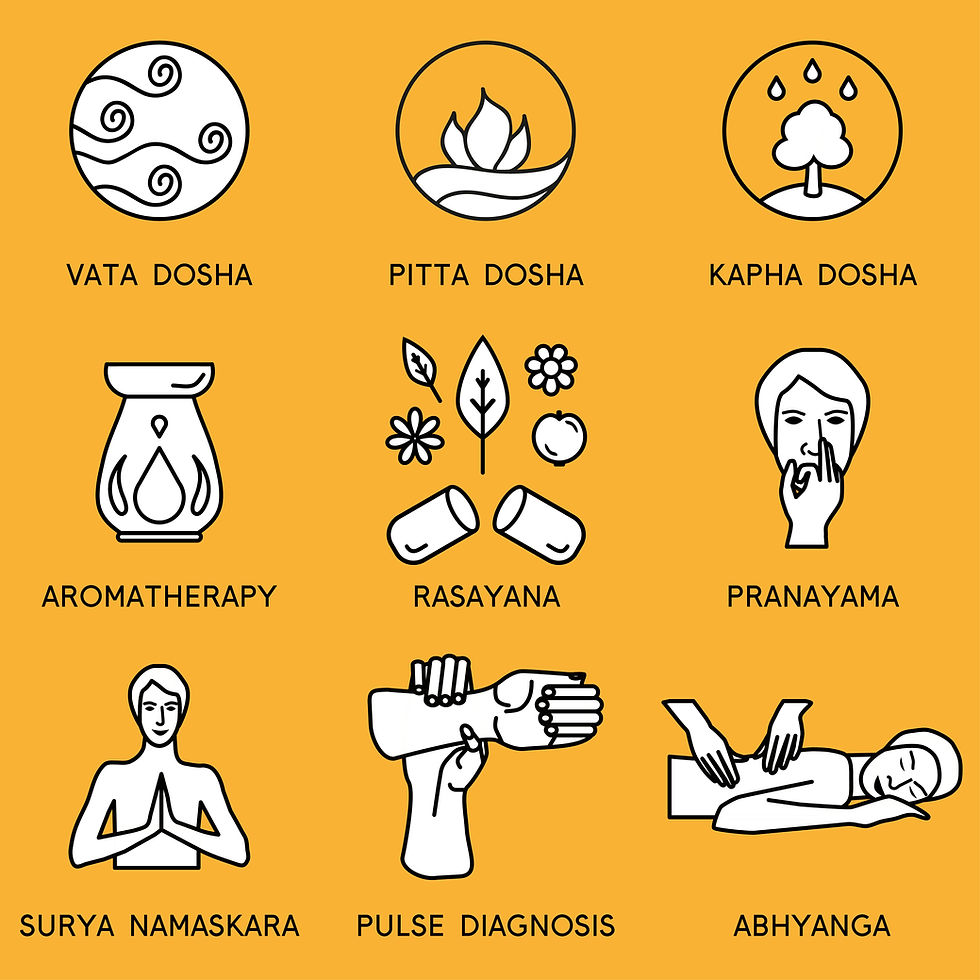Jaggery
- Jeff Perlman

- Jan 30
- 3 min read

Jaggery is not widely known in the West and is predominantly made in India, Pakistan, Bangladesh, Sri Lanka, and Myanmar. It is a form of unrefined, non-distilled sugar made from the sap or juice of plants that contain a considerable amount of sucrose, including sugar cane and particular palms like date palm and palmyra.
Jaggery is a significant part of Indian culture and is used in many religious activities, rituals, and customs. Sugar cane Jaggery is considered most sacred and is consumed before a new venture, journey, business endeavor, childbirth, or funeral begins. It is also an integral part of almost all harvest festivals celebrated in India, where rice is cooked with sugarcane jaggery to make pongal, a dish offered to the gods after the harvest.
Although automated mills have sprung up, Jaggery is still mostly manually manufactured. It is sometimes called “country sugar” because it is prepared in rural households and small farms.

The manufacturing process involves crushing sugar cane or palm and extracting its juice. The juice is poured into a large, shallow, thick iron vessel or pan called a kadhai and brought to a boil over earthen ovens. It is continuously stirred using large ladles to avoid sticking at the bottom of the vessel. The kadhai is then cooked for many hours until most of the water has evaporated, leaving a thick, golden-to-brown paste. The degree of boiling determines the paste's color and taste.
There are four main types of Jaggery. All are made using the same processes but differ depending on the original sugar. The four main types are:
Sugar Cane Jaggery: golden to dark brown, very sweet with a hint of saltiness.
Date Palm Jaggery: golden to dark brown, very sweet with an aroma of dark chocolate.
Palmyra Jaggery: white to pale yellowish, very sweet with an aroma of white chocolate.
Toddy Palm Jaggery: golden brown, very sweet, with an aroma of sulfur.
For centuries, jaggery has been used as a lung, throat, and respiratory tract cleanser and remedy for coughs and colds. Its cleansing properties have been proven over many generations, and its regular intake is particularly recommended for those who work in an additive to dusty workspaces and for all exposed to pollution and possible respiratory issues.
Jaggery is more complex than refined sugar and does not increase blood sugar levels very quickly, ultimately providing energy for a more extended period. It aids in the body’s overall metabolism, water balance, digestion, and bone health because of its diverse amount of minerals, which include:
Boron: Improves bone health and brain function, helps prevent cancer and Alzheimer’s, and is anti-aging.
Calcium reduces arthritis, insomnia, symptoms of menopause, PMS, cancer, and high blood pressure.
Chromium: Helps glucose uptake, improving diabetic symptoms.
Iron: Aids in hemoglobin formation, metabolism, anemia, and brain function, and regulates body temperature.
Iodine: Alleviates gout, regulates thyroid function, improves skin disease, and helps prevent cancer.
Phosphorus: Improves bone health and brain function and optimizes metabolism.
Manganese: Improves osteoporosis and metabolism, and reduces fatigue and inflammation.
Copper: Improves brain function, arthritis, and hemoglobin function, and boosts immunity and circulation.
Selenium: Helps prevent free radicals and supports overall bone growth and health.
In Ayurveda, jaggery is sweet and is used to heat and ground Vata. However, overuse can upset Pitta and Kapha.
Jaggery is available in Indian stores and on Amazon. It can be purchased in a block (which requires chopping or grating) or in powdered form, which is easier to handle.



Comments